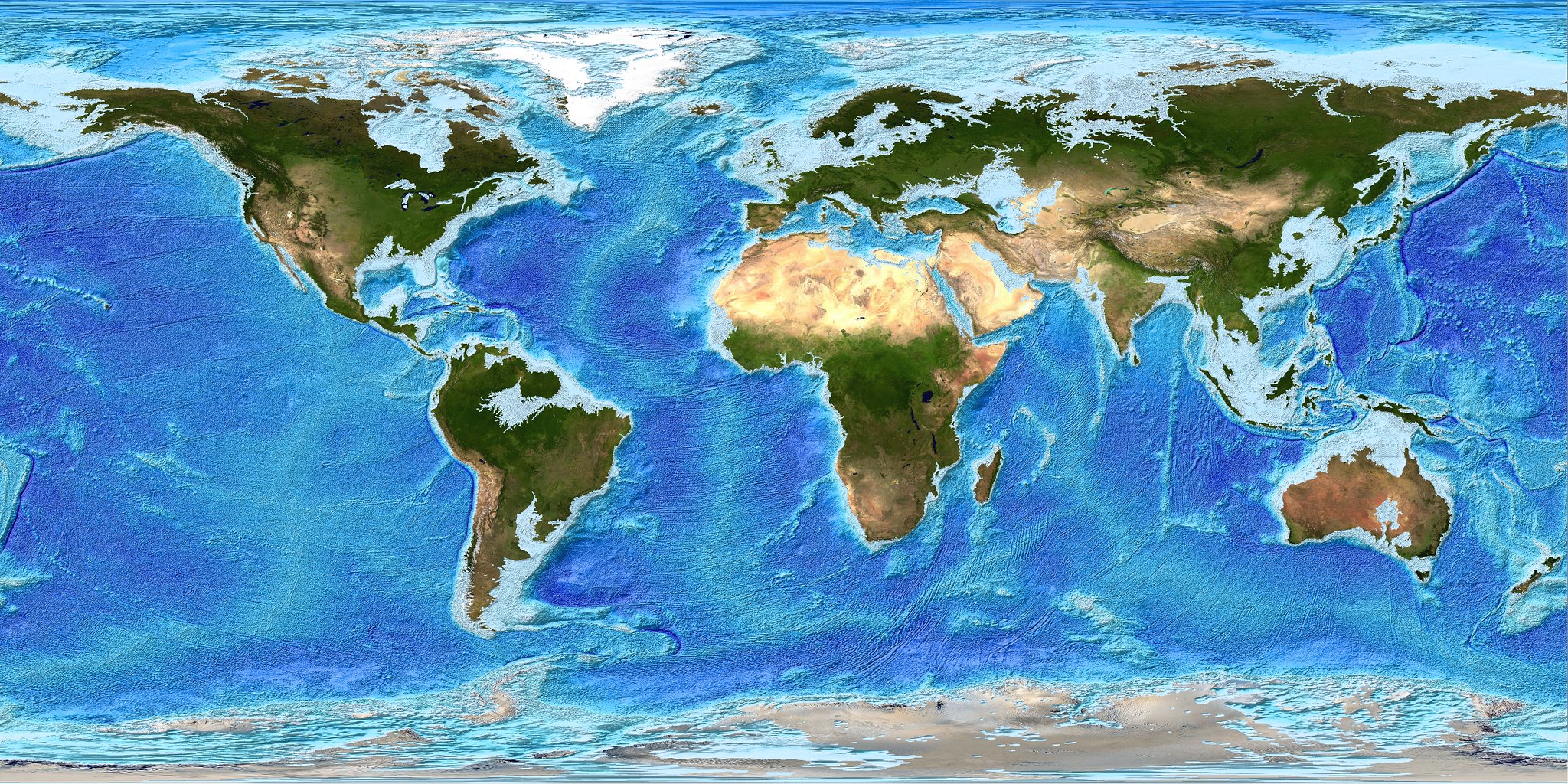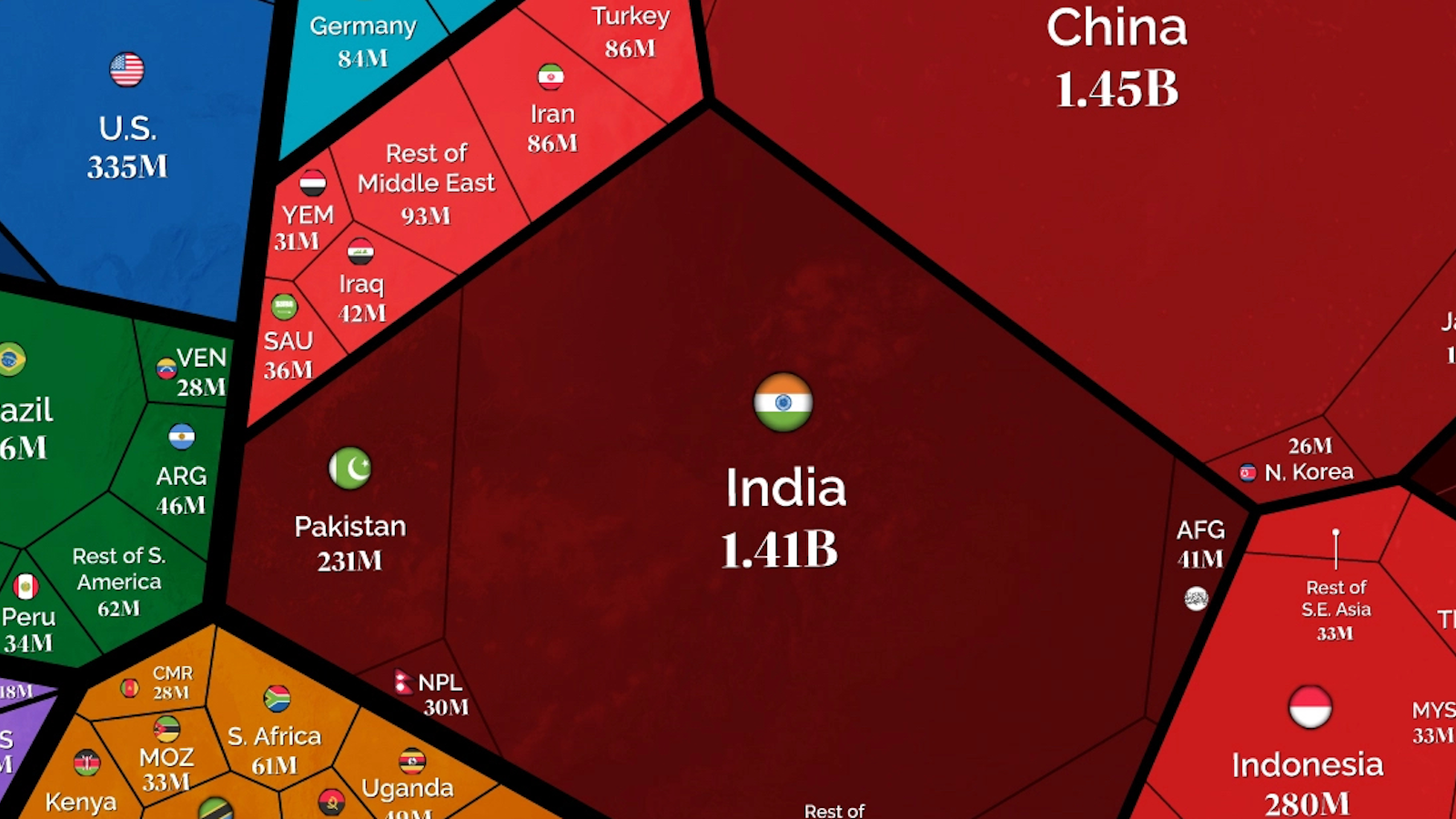Human Migration to Antarctica ‘Not Unthinkable’ on a Warm and Populated Planet

Not too long ago I posed a controversial question: Do humans have a moral duty to stop procreating?
The question is not without warrant. Humans are causing a lot of strain on the environment. With there being around 7.3 billion of us on the planet, a reduction in our size would do a lot of good in reducing consumption of the world’s goods. The projections don’t look good either; according to a report by the United Nations in July, the future is going to be pretty crowded. By 2030, the UN predicts the world’s population will rise to 8.5 billion. It will rise further still to 9.7 billion by 2050 and to a crazy-high 11.2 billion by 2100.
“With a combination of climate change and technology, it’s not unthinkable that Antarctica might become inhabited, although it’s hard to imagine it being densely populated.”
Overpopulation is a serious concern, and some of the side effects are increases in production and travel, which contribute to climate change in a big way. We may even be forced to invade Antarctica if the current trends remain, Adrian Raftery, a professor of statistics and sociology at the University of Washington, said in an interview with the BBC:
“With a combination of climate change and technology, it’s not unthinkable that Antarctica might become inhabited, although it’s hard to imagine it being densely populated.”

So, then we come back to the initial question I was asking before: Do humans have a moral responsibility to stop procreating? The answer is quite gray (as most moral conundrums tend to be). The truth is humanity may not have to give up its reproductive rights, as the global fertility rate is declining.
The average child per woman went from five in 1965 to 2.5. This rate is far more sustainable. If this trend continues, the height of the total human population could reach 9.1 billion and tapper off from there, explains Joel Cohen, a population expert.
However, as you can see from the graph above, much of this trend depends on Africa and parts of Asia, where the child-per-woman rate is still quite high (around five). Right now the African continent is the home of 1 billion people; that number will rise to over 4 billion by 2100 if nothing is done.
“The Africa projections are really scary,” John Bongaarts, vice president at the Population Council in New York City, said in an interview with BBC. “A large proportion will end up in urban slums, which is not a recipe for happy living.”
Aid workers are trying to solve this issue by offering women more choices for their future through providing means of obtaining birth control and education. One experiment found that, in Kenya, helping to change the path of teen pregnancy was as simple as providing the girls school uniforms, showing them that their education was a worthwhile investment over motherhood.
However, providing contraceptives isn’t the end — it’s a start. As Cohen explains, population, economics, and environment are a dynamic, interconnected system. No single element holds the key to solving the world’s problems.
Photo Credit: DIBYANGSHU SARKAR / Stringer/ Getty





